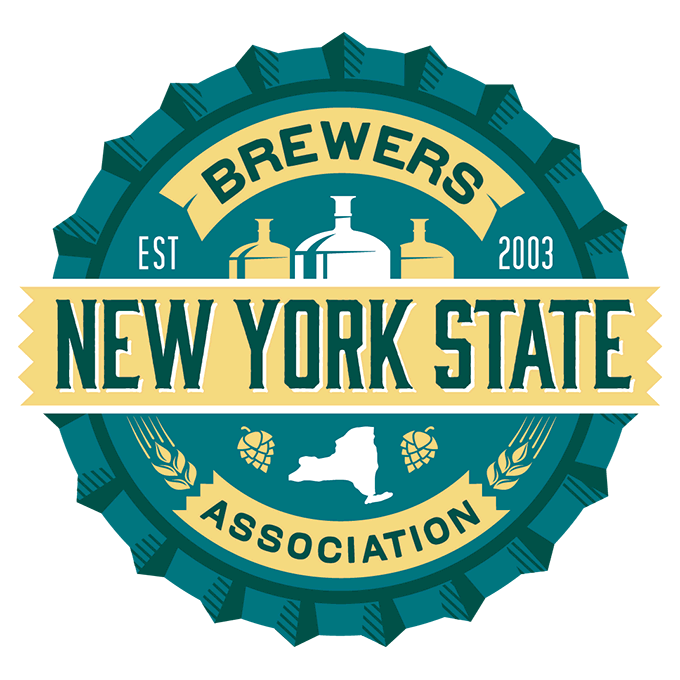
Every time we work with a new brewery, a unique question or two inevitably come up. Finding the answers is always an interesting endeavor—something that teaches us something about our own industry as well allowing us to further educate our clients.
One recent exchange with a brewery owner brought up the uncertainty of when a brewing system becomes the property of the brewery owner that ordered it vs. the responsibility of the manufacturer or the shipping company charged with getting it from point A to point B. Once that’s determined, the obvious follow up was, when/how does that property need to be insured?
In the case of our client, the equipment manufacturer informed them that as soon as the system left their production facility, it was no longer the manufacturer’s responsibility. This may vary by manufacturer, so be sure to learn when the brewing system officially becomes the concern of the brewery.
So what happens when that system is in transit? Does the contracted transportation company have insurance for it? If so, how much? Is it enough to cover your system if it were to be irreparably damaged? The answers might surprise you.
The transit company likely has coverage, however, it is usually on a per pound basis and very often will not be enough to fully cover a significant loss. The shipper’s coverage will be spelled out in something called the bill of lading. Whatever isn’t accounted for should lead brewery owners to seek out additional coverage.
The first thing we did was check the existing general liability policy. Most include a set limit for “property in transit”. However, the coverage that exists will likely be insufficient to cover the full value of the brewing system. If your GL carrier has a larger than expected limit built in to your policy, you may not need any kind of supplemental policy. In the event that you do…
More often than not, this will be in the form of a trip transit policy – a one-time coverage from shipping point to destination and everywhere in between. This policy will protect your key investment as it travels to your site. Once it’s in your building, it should be covered under your business and personal property limit of insurance.
In summary, while it may seem like a given that either the manufacturer or the shipping/transit company would have your shiny new metal toys properly protected, please do not assume in any way that this is the case. We encourage you to take the necessary steps to investigate if the manufacturer genuinely has your property covered, if your current general liability policy might be a capable stand in, if the shipping company’s coverages would be sufficient if a total loss were to occur and if you might need additional coverage!